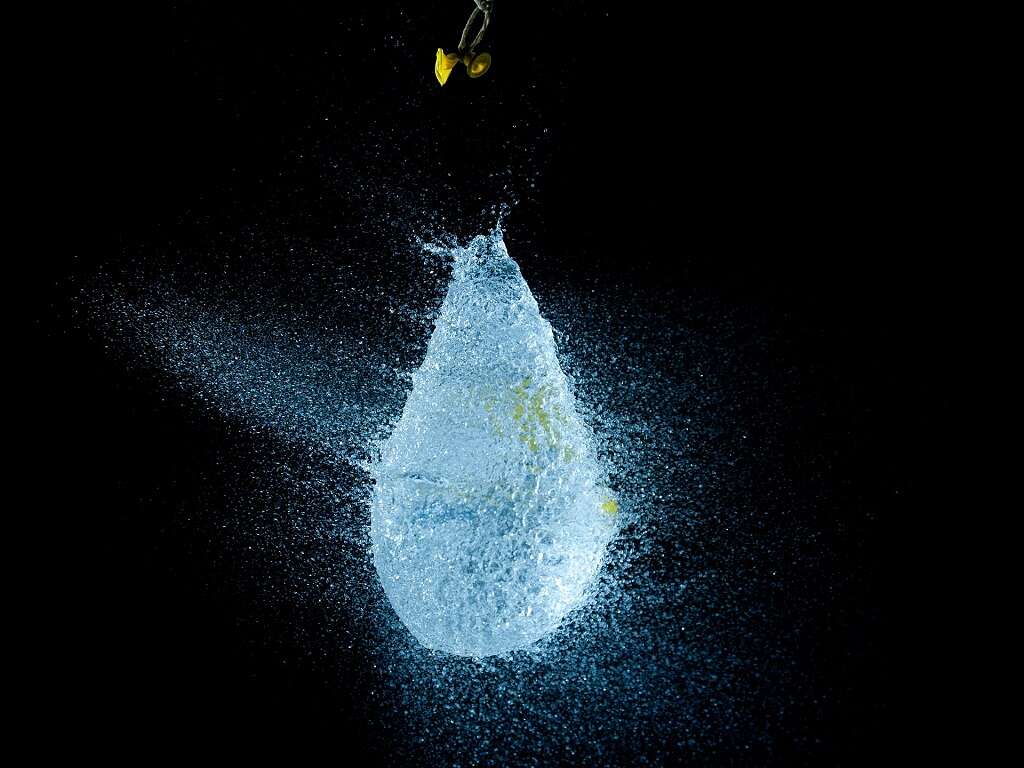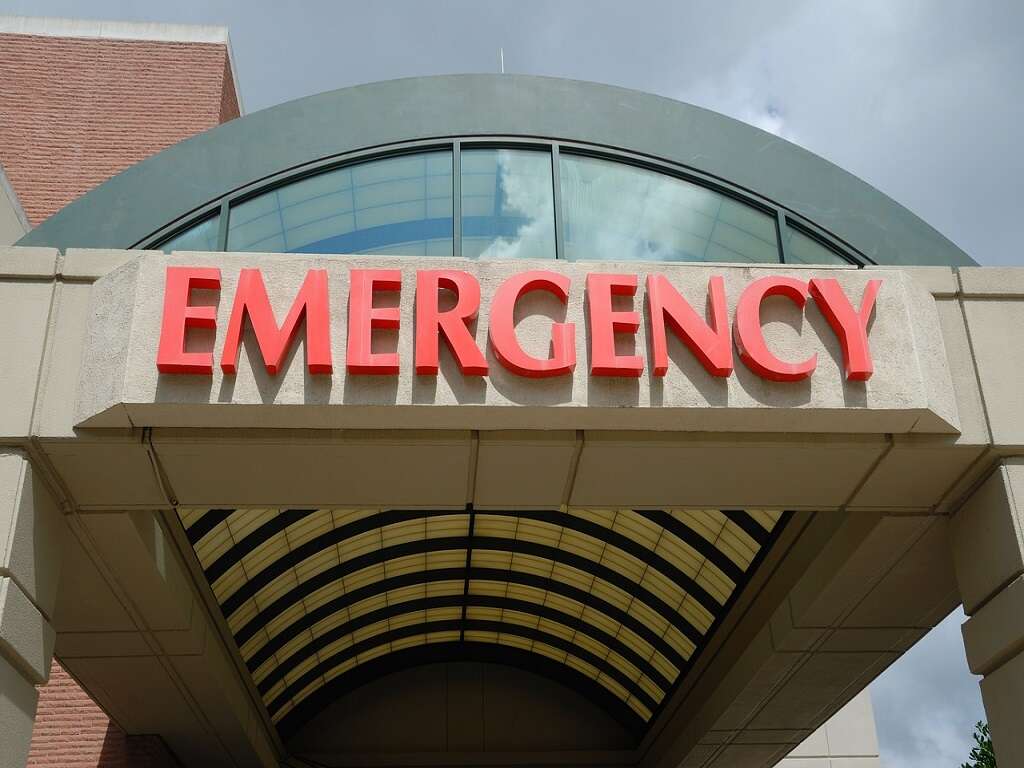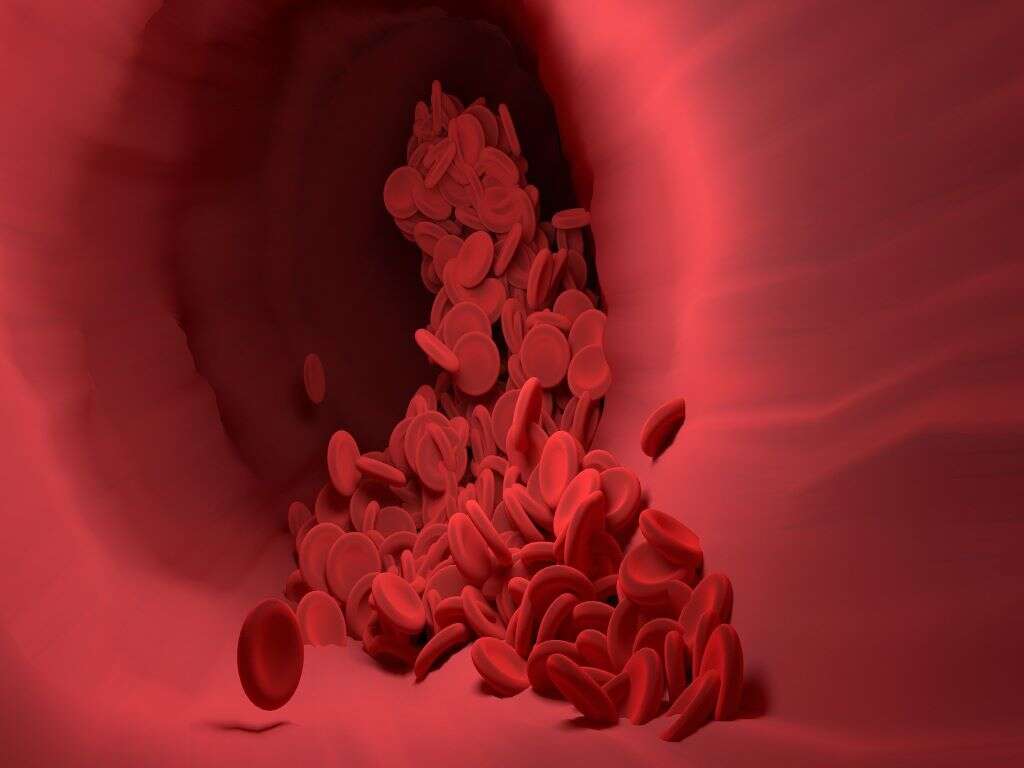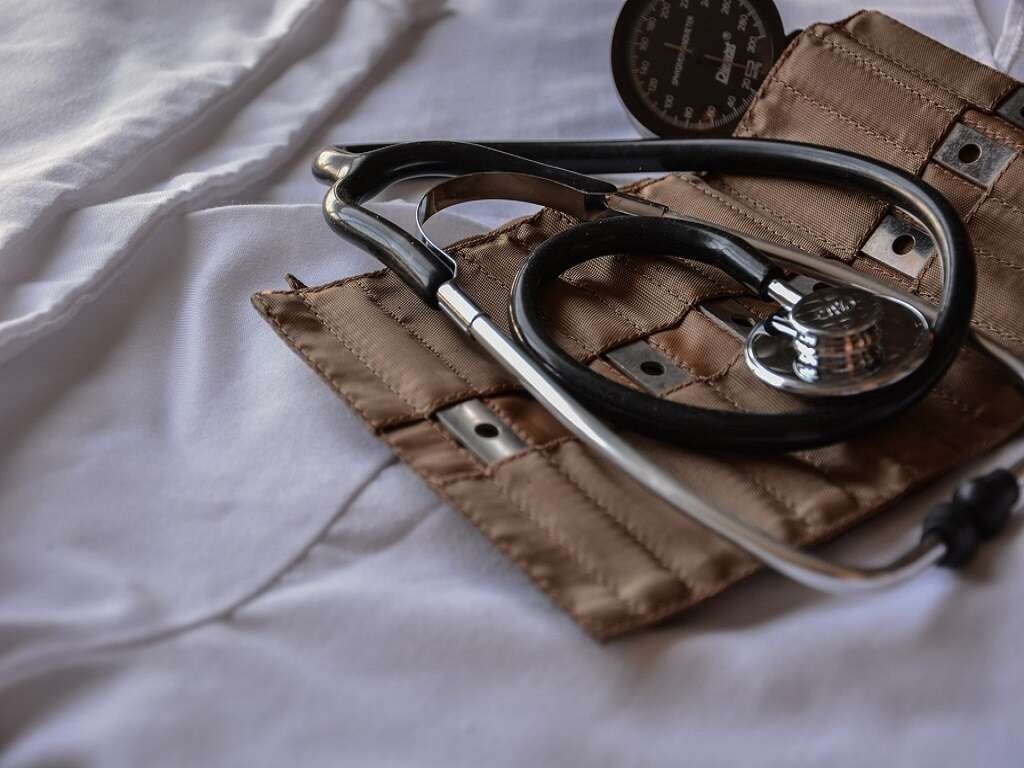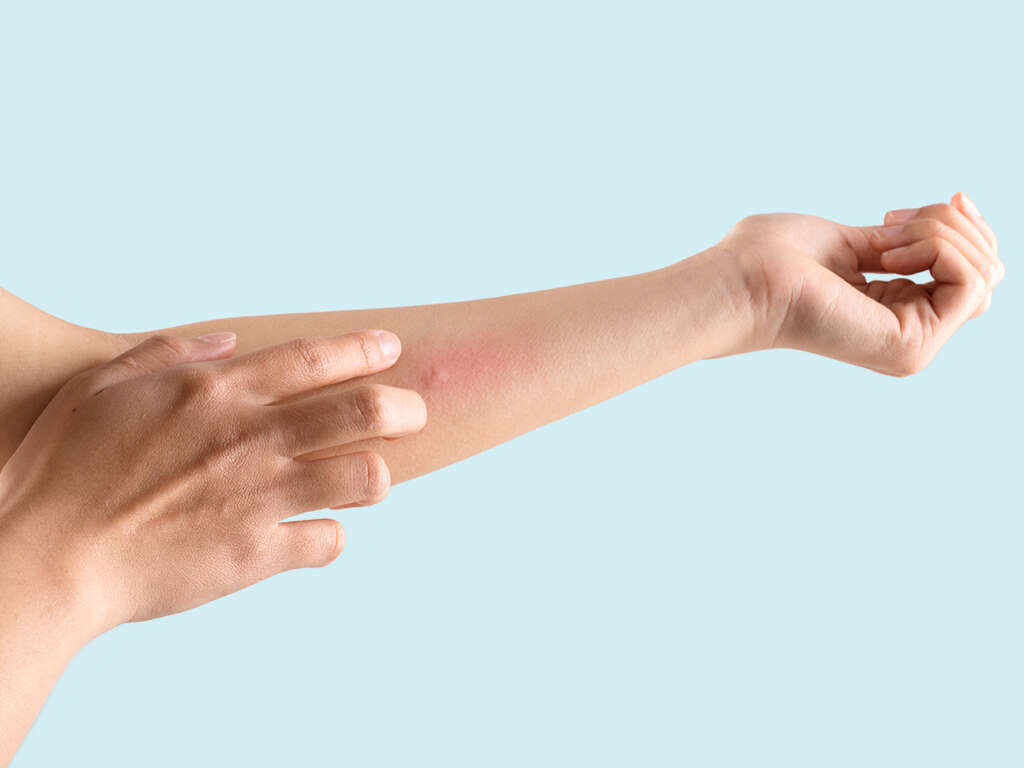10 Flesh Eating Bacteria Symptoms
 Article Sources
Article Sources
- 1. 'Necrotizing Fasciitis: Acting Fast Is Key.' Centers for Disease Control and Prevention, Centers for Disease Control and Prevention, 31 Dec. 2019, www.cdc.gov/groupastrep/diseases-public/necrotizing-fasciitis.html
- 2. 'Get the Facts about Necrotizing Fasciitis: The Flesh-Eating Disease.' APIC, apic.org/monthly/alerts/get-the-facts-about-necrotizing-fasciitis-the-flesh-eating-disease/
- 3. 'Necrotizing Fasciitis.' NORD (National Organization for Rare Disorders), 28 Oct. 2019, rarediseases.org/rare-diseases/necrotizing-fasciitis/
- 4. 'Fever: Symptoms, Causes, Care & Treatment.' Cleveland Clinic, my.clevelandclinic.org/health/symptoms/10880-fever
- 5. 'What Is Sepsis?' Centers for Disease Control and Prevention, Centers for Disease Control and Prevention, 27 Jan. 2021, www.cdc.gov/sepsis/what-is-sepsis.html
Open Wound With Pus
As the swelling increases around the area of the skin affected by flesh-eating bacteria, ulcers or blisters that have formed may burst. This can result in one or more open wounds that ooze bloody or yellowish fluid and pus.
When this occurs, the person may feel that the extreme pain they've been experiencing is lessening somewhat. However, this may be a sign that nerve endings are dying along with affected tissue.
Advertisement
